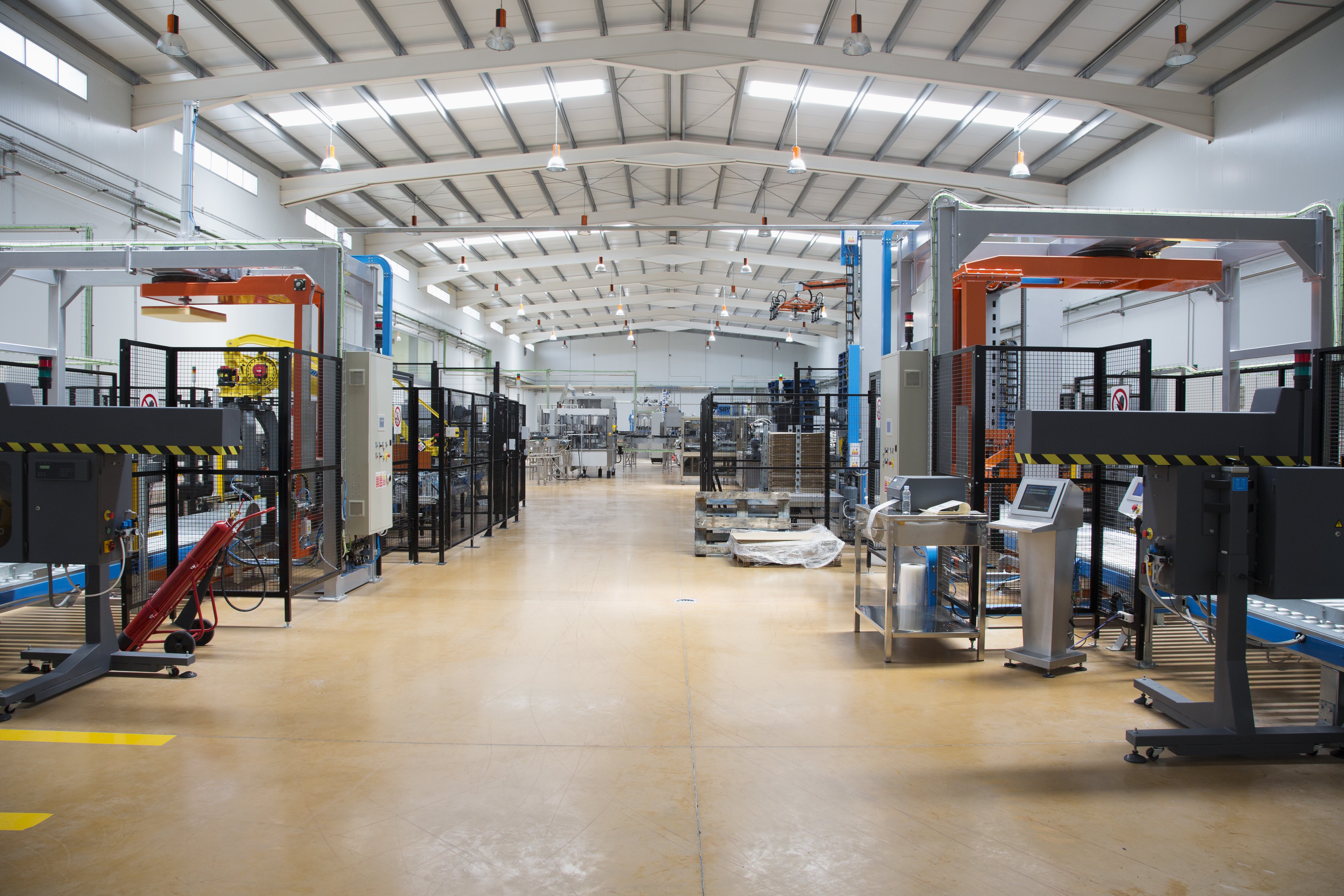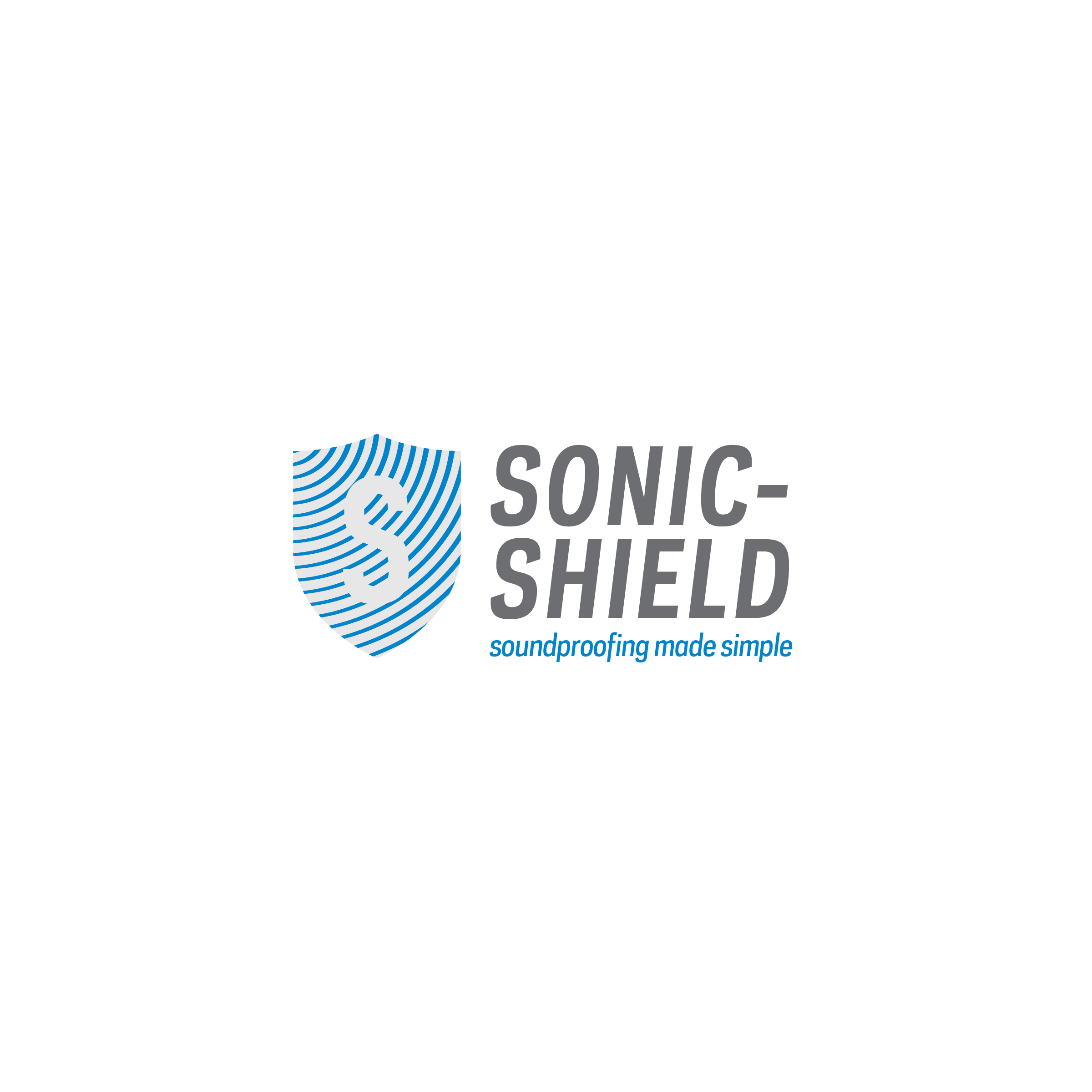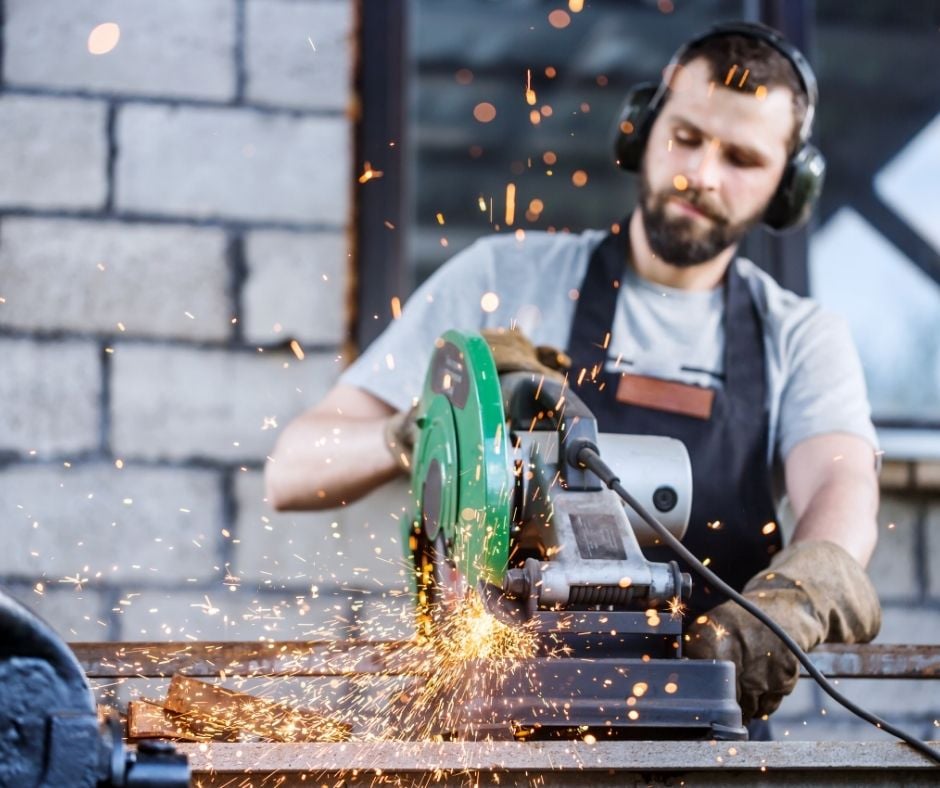
Sound enclosures, also known as test booths or acoustic enclosures, use special sound-dampening materials to soak up the energy of nearby soundwaves to reduce the noise impact on the local environment.
These booths can be used around any piece of equipment that creates a high level of noise. They can reduce the level of noise emanated from the machinery while protecting those around it from unsafe or disruptive levels of sound.
For example, a company may decide to set up a sound booth when checking new equipment. Without knowing how loud the equipment will be, testing it without added acoustic protection puts the hearing of everyone in the nearby area at risk. Additionally, being able to hear only that piece of equipment running is important in Research and Development departments.
Whether the goal is proper testing or reduced noise levels, a sound enclosure offers many benefits to a variety of industries and fields.
So what does the set-up process look like to get there? Let’s take a look.
The Sound Enclosure Process
Before diving into the set-up process, it’s important to note that there are two main types of sound enclosures: rigid systems and soft enclosures. The set-up is different depending on which style is used.
Rigid Systems
Rigid system test booths are typically made from rigid sound-absorbing panels to provide a higher level of performance. Depending on your unique needs and goals with the test booth, these booths may include things like lights, vents, or locking doors.
One great example of this kind of system is the Moduline Acoustic Enclosure System, which we use to provide rugged noise control where it’s needed, offering up to 63 Hz and 8 Hz sound transmission loss performance. It also offers a 26 dB reduction in noise.
These systems are versatile modular constructions set up piece by piece, making them simple to install, disassemble, and reconfigure as your needs change and grow.
Soft Enclosures
Soft enclosures are a bit different. This is a simple, affordable solution that requires minimal engineering and just a few acoustical materials.
A soft acoustical booth consists of sound-absorbing curtains with valances and Velcro corner covers that make a complete enclosure. You can choose to include absorption materials on one or both sides of the curtain, depending on your goals.
Like the rigid systems, these enclosures can also have vents added. There’s also the added flexibility of choosing a free-standing or wall-mounted system.
While not quite as effective as the rigid system, a soft enclosure can reduce noise up to 20 dB.
Benefits of a Test Booth
A test booth can improve processes as well as protect the hearing of those around loud machinery. Some of the most obvious benefits of installing a rigid or soft sound enclosure include:
- Adhere to federal and local noise ordinances
- Protect hearing
- Absorbs sound rather than reflecting it
- Reduce noise disruption
- Accurate noise readings for individual equipment
Acoustic Enclosure Systems from Sonic-Shield
Whether you’re testing sound levels for critical equipment or aiming to make a workspace quieter and less disruptive, an acoustic enclosure is a quick and easy way to make these things happen.
Sonic-Shield is proud to offer both rigid and soft test booths to our clients. These flexible enclosures can be customized to meet a wide range of needs and protect what matters most.
To learn more about our acoustic enclosures, contact the Sonic-Shield sound experts.



